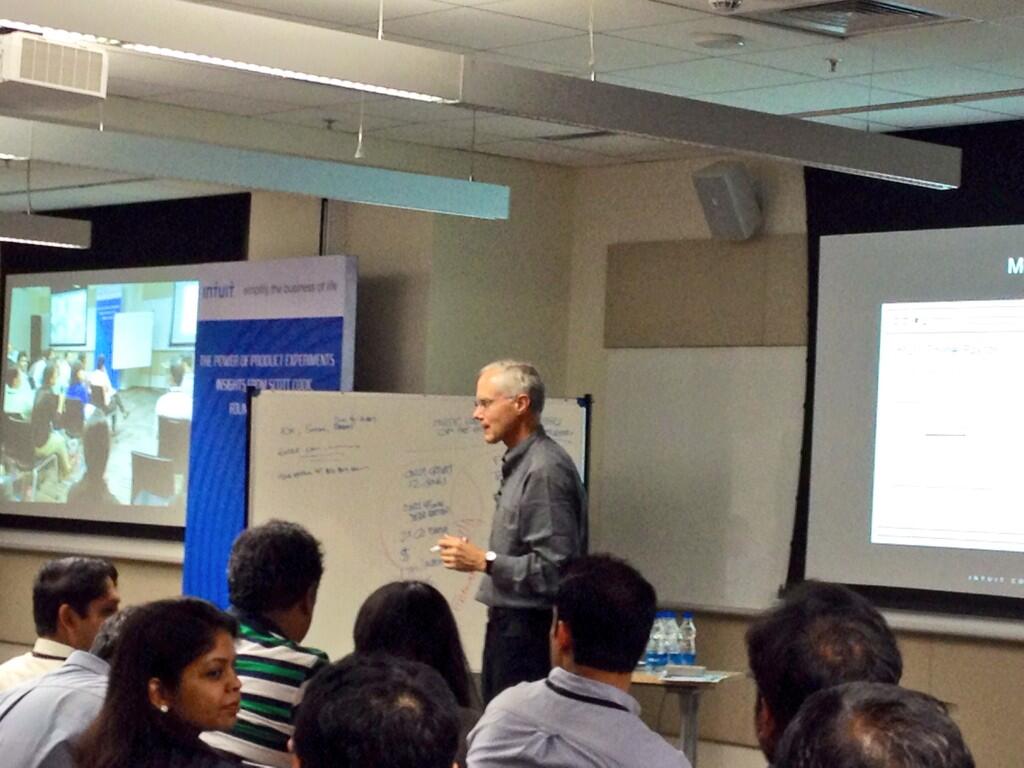Aspiring to become a product manager and don't know where to start from? Wondering if a post graduation or Masters in Management will help you get your dream profile or should it be a professional certificate? These are some of the questions that I often hear in conversation with young professionals who see product management as a good career option, but have no clue about the starting line. If you are one of such individuals hunting for start line than you are at the right place.
Journey of thousand miles begins with a single step, and to speed up this journey I suggest first 3 steps towards the successful career in product management. While there are many more such steps, I have put down first 3 which I believe are most essentials for succeeding in the role of a product manager.
One_1: It is little rare that a technical professional or a fresh out of collage management graduate gets into the role of a product manager without any mentoring. Understand, product management is a specialization and to succeed in this role you should have prior experience or exposure of business process. While it may be possible to get a break-through in product management without understanding of business process, it is extremely difficult to excel in this role without the experience or exposure of the business critical functions like sales, marketing, operations, engineering, finance and customer support. These experience provide individuals a holistic view of business functions and ability to understand customer better. So role up your sleeves and get ready to hit the road to get real first hand experience of business functions. Remember one of the critical aspects of product management is to simplify and improvise these business critical functions.
Two_2: The greatest ask for being a product management professional is the shift in mindset. Ability to see what many tend to overlook. Whenever you see a successful product or service, or a feature being implemented, ask yourself, 'what problem will this solve?'. Anything around you that you see has been devised and designed to solve some problem, simple or complex but they are in existence because they solve some good problem. Spend more time on problem and less on discussing solution or how well is this implemented. Nurture the habit of getting down to the root cause, the problem. Remember it is solving problem that leads to making profit, so more you understand them better you solve them.
Three_3: Start valuing return on investment. Understand one thing, "A great technological invention is of no use unless it can be monetized." Why should we do this? What if we don't support this? As a habit, try and seek profit and loss for doing or not doing any feature implementation. Product managers are responsible for improving market success of their product which is measured in terms of cash that your product makes for the company. Measure efforts by answering questions like, What will increase sales, bring in productivity, reduce calls to customer care or reduce overall cost of delivery? Why should I take cost of adding 4 new features when 2 are good enough to give me a competitive edge? Remember to link all you see happening to overall profitability of the business.
Well begun is half done, take care of first three steps and you are ON for a wonderful career in product management. Steps mentioned above are simple to understand but tough to follow unless you practice regularly. One of them has to do with skills (understanding business critical functions) and other two are habits, and none of the two come easy. While skills comes with experience, habits needs to be nurture. Both of these requires extra effort and time, but once you are into this you will experience a snowball effect in your understanding of the essence of product management, and then it won't be long before you get to hear 'Welcome to the product management'.
@mathurabhay









